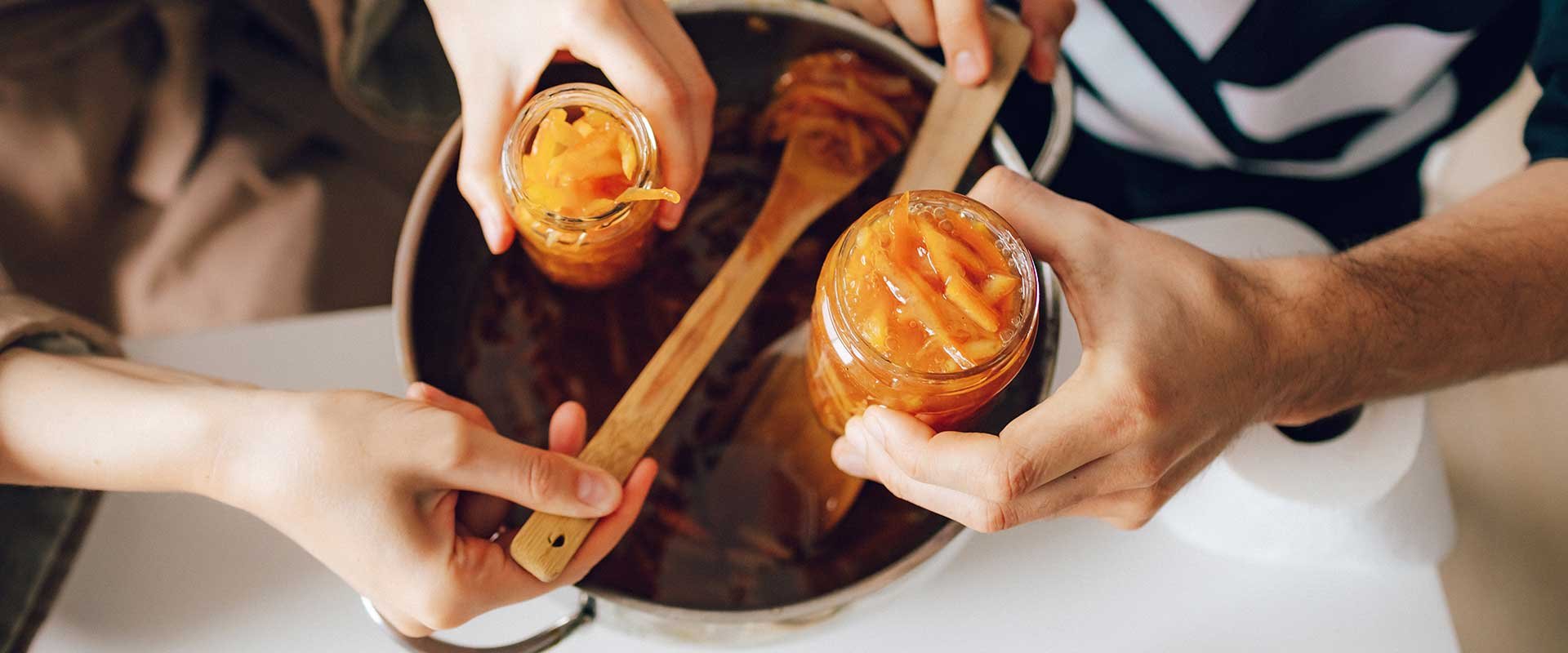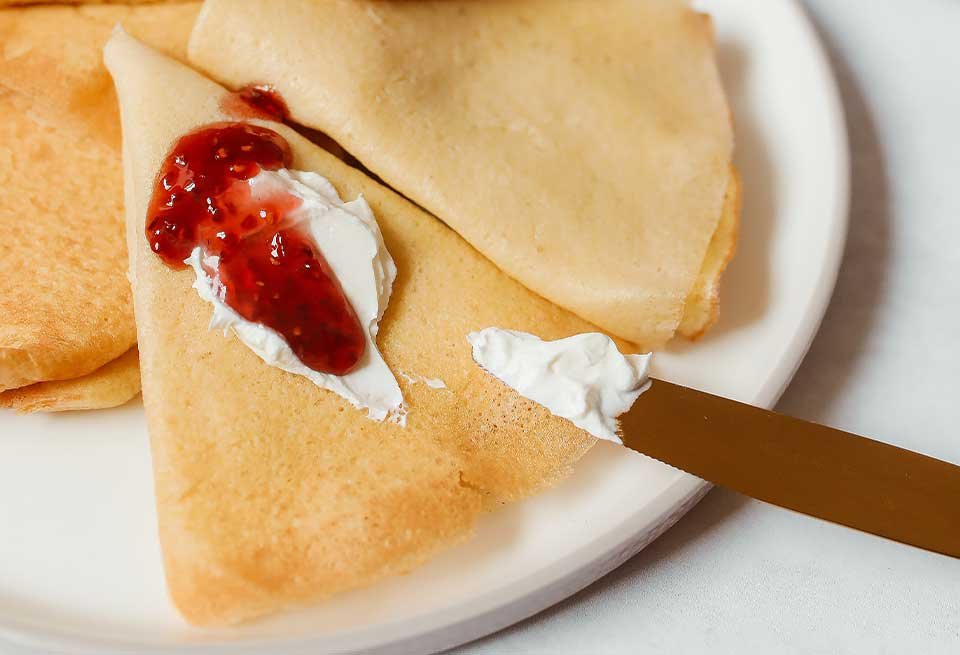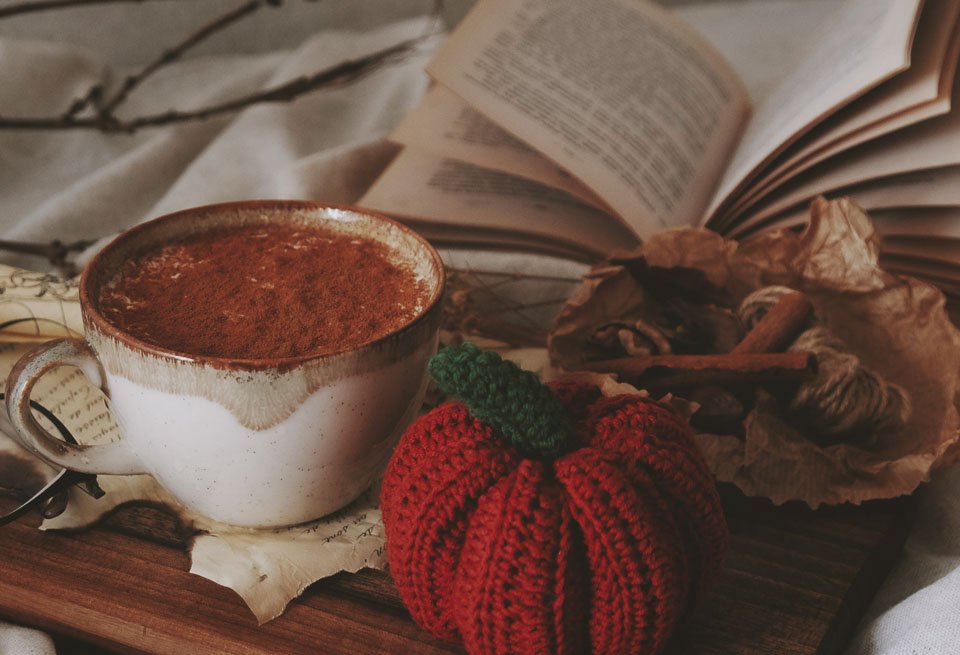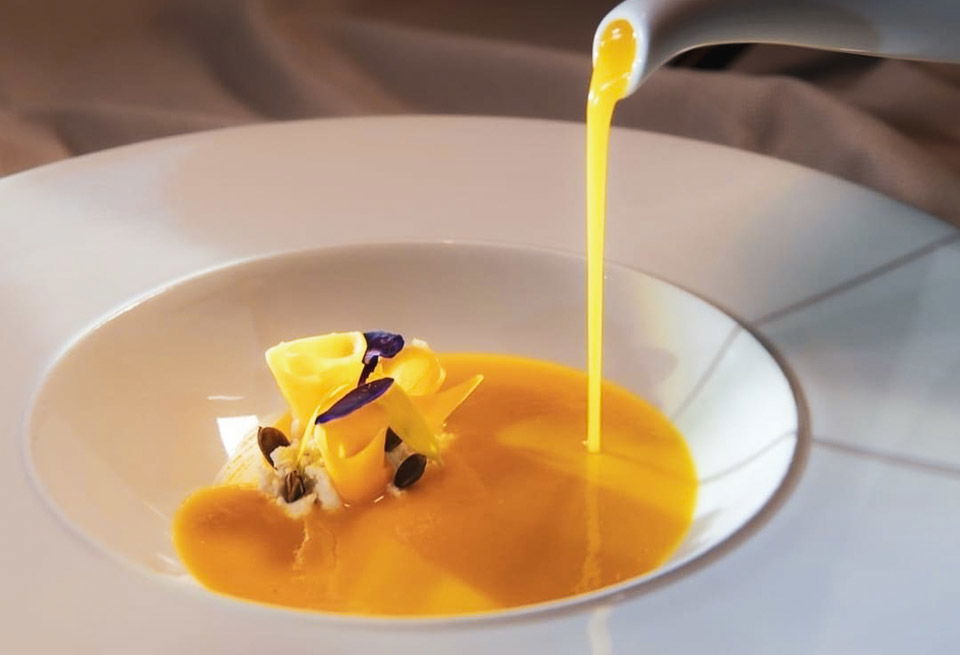
Fruit from a jar!
Jams, marmalades, jellies and sweets. But spicy too!

"Wash the fruit, clean it and cut it..." - this is how almost every recipe for fruit from a jar begins. And if it is in a jar, it means that we have previously heat-treated it and added sugar and a few other ingredients. Why do we go around so much and not call every cooked fruit jam or marmalade, you rightly ask? Because that's just not true.
There is a whole range of varieties and methods of cooking fruit, with minor or major differences and nuances, and just as many names. And since 2011, the story has become formal because the EU has adopted a special regulation on these fruit products, which strictly defines what each entails. So today there are eight product categories on the EU market: jam, extra jam, jelly, extra jelly, marmalade, jelly marmalade, sweetened chestnut puree and marmalade.
The nostalgic taste of jam
However, no matter what you call them - jam, jelly or marmalade have the incredible ability to bring us back to our childhood in an instant. Whether it's the apricot jam that oozes out of mom's pancake as we greedily stuff it into our mouths or grandma's plum jam that, despite the recipe being handed down, no one has ever succeeded like her.

And while we used to be able to find only mixed marmalade on the self-service shelves, and, in the best case, strawberry and apricot jams and plum jam, today we can enjoy countless fruit combinations that include tropical fruits such as pineapple, passion fruit and mango, but also additives such as chocolate, chili peppers and various alcoholic beverages. However, despite the abundance of cooked fruit available for purchase, we still have a hard time resisting homemade jams and jellies.
Jam is always a good idea!
Unlike other winter fruits whose season ends sometime in October, the season of fruit from a jar does not really exist. Its season coincides with the season of the fruit that we want to preserve for the winter, that is, for the part of the year when it is not in season. However, out of all the fruits we have available - and any fruit can be boiled - somehow we still prefer to cook (or bake) plums for jams and jellies. There are strawberries and apricots too - a classic, we would say.

But did you know that you can also make great jelly from grapes? Especially tasty and aromatic is the variety Izabela, which is in season and grows in many gardens and yards. The preparation is extremely simple and quick - you will only need a few ingredients: of course, grapes that you will wash and separate from the stalks, very little sugar because Izabela is sweet, a little vanilla for a nice aroma and a selected agent for gelling or thickening. Try it, you will be pleasantly surprised.
A long history of jams
Conserving fruit by boiling goes back a long way, much further than you might think - it is one of the oldest ways of preserving food. People have been preparing and consuming jams since ancient Greece, and they were especially popular among soldiers in the Napoleonic Wars.
The first written recipe for preparing jam is found in the first known cookbook - De Re Coquinaria by Mark Apicius, which dates back to the 4th century BC. The book contains more than 500 recipes, including a recipe for soft, ripe fruit that is heated with honey. The mixture was then cooled and prepared. It was the earliest known form of jam. It was usually served as a dessert at the end of a meal.

Sugar has arrived in Europe
During the Crusades, from 1095 to 1492, soldiers brought sugar back to Europe and thus the popularity of jam grew. The first mention of sugar in England dates back to 1099 and it was often described as a delicious 'new spice'. Records from 1319 state that sugar was available in London for 'two shillings a pound'.
Joan of Arc is said to have eaten quince jam for courage before battle, and sailors included it in their supplies for long voyages. People soon began to associate vitamin C deficiency with scurvy, and cooked fruit was definitely better than none, so jam was prepared more and more often.
The first marmalade
It is believed that the first marmalade was prepared by the physician of Mary Queen of Scots, in 1561. He used crushed oranges and sugar as a remedy for her illness. Allegedly, the French king Louis XIV was also crazy about jam and requested that this very delicacy be served at the end of every lunch, on a silver tray, and consumed with special silver spoons. Jam for this king was prepared from fruit from the gardens of the Palace of Versailles, among other things, pineapple was also used.
Today, of all varieties of cooked fruit, jams and jellies are most often prepared at home, and chutneys are also increasingly popular - spicy sweet and sour preparations made from ripe fruit with the addition of different, often unexpected spices such as chilly, cloves, vinegar, wine, seeds mustard and cardamom.
Latest Recipes
We bring you tried and tested recipes of our favorite dishes, culinary tips, and suggestions on how to best combine spices and ingredients for a complete sensory experience.

Pumpkin spice latte - The finest coffee with pumpkin flavor
Welcome the first days of autumn with the finest homemade pumpkin spice latte drink bursting with the scents and aromas of autumn.

